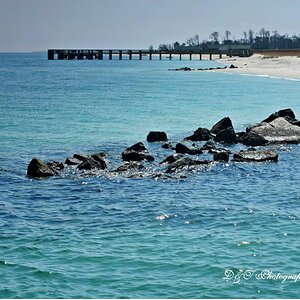mykill
TPF Noob!
- Joined
- Sep 12, 2006
- Messages
- 74
- Reaction score
- 0
- Location
- Columbus, Ohio
- Can others edit my Photos
- Photos OK to edit
1. I have read that it is i guess "bad" to use digital zoom....I was wondering why this is?
2. I am curious on how much and what types of postwork you guys actually do. I see some amazing colors and effects i guess i would call them and was curious on how much of it is the actual shot and what was done... but really want to know what type of postwork is done and how often
2. I am curious on how much and what types of postwork you guys actually do. I see some amazing colors and effects i guess i would call them and was curious on how much of it is the actual shot and what was done... but really want to know what type of postwork is done and how often



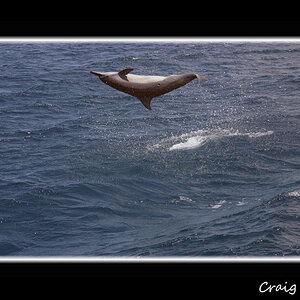
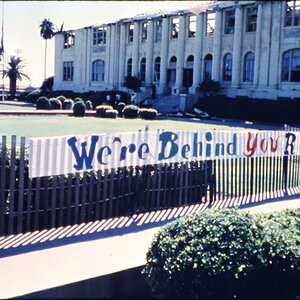
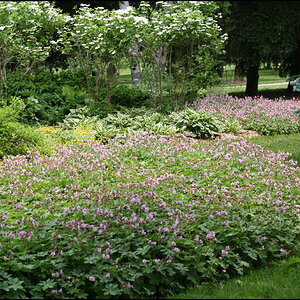
![[No title]](/data/xfmg/thumbnail/39/39189-22b7e8d8eadc9cc3d7b341bfb336079e.jpg?1619738906)
![[No title]](/data/xfmg/thumbnail/40/40300-583eaa43665714005823e12314084a4d.jpg?1619739411)
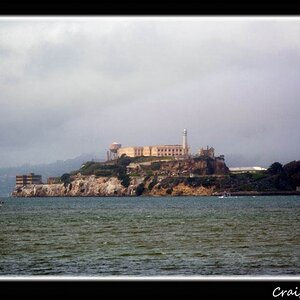

![[No title]](/data/xfmg/thumbnail/37/37135-37494dce30fd59534347332f715b7f8c.jpg?1619737884)
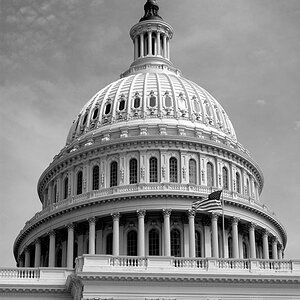
![[No title]](/data/xfmg/thumbnail/37/37128-189b79232a3c6bf0c2c530e4eea0b8cd.jpg?1619737884)
